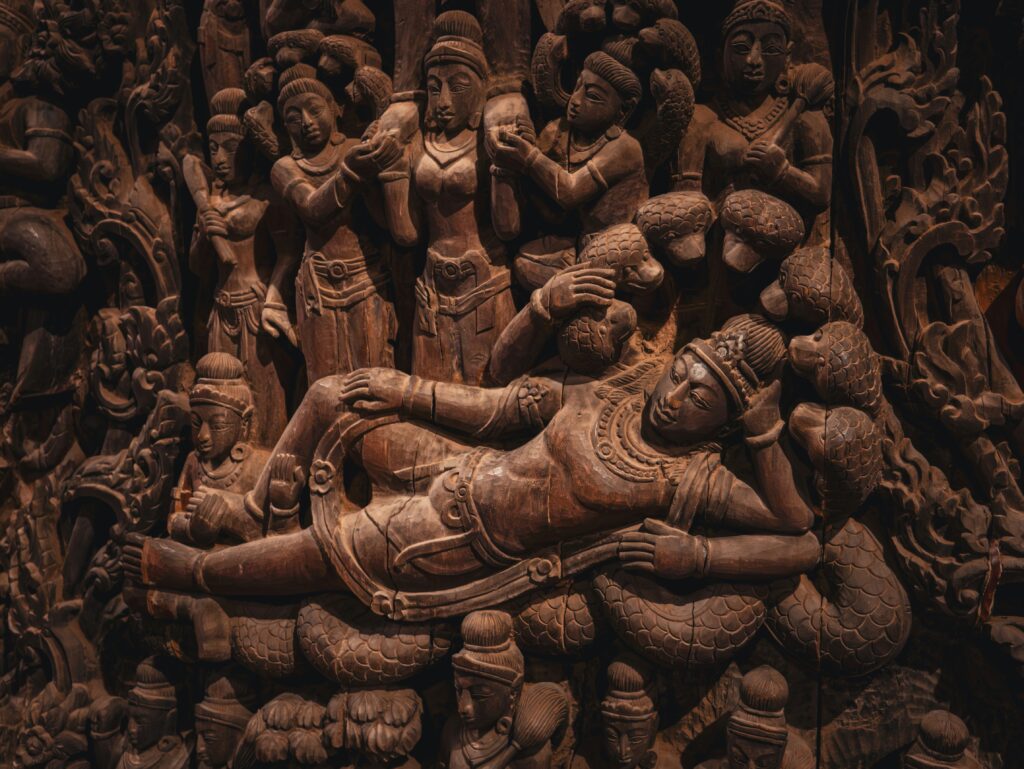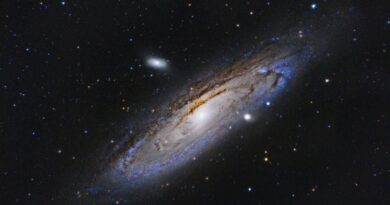
The Alien Hypothesis: Were We Engineered by the Gods? Part – 2
If ancient myths and scriptures hint at extraterrestrial involvement in human history, the next logical question is: Where’s the evidence?
While mainstream science remains cautious — and rightly so — there are puzzling clues scattered across genetics, archaeology, and even architecture that keep this theory alive.
1. Genetic Anomalies and the “Human Upgrade”
Human evolution shows a sudden burst of intelligence, self-awareness, and creativity roughly 200,000 years ago — the same period when Homo sapiens emerged. Geneticists have found peculiar “insertions” and “mutations” in human DNA that don’t fit smoothly into the gradual evolution narrative.
One of the most famous is the FOXP2 gene, responsible for speech and complex language. It appeared abruptly and fully functional. How did such a critical leap occur so suddenly? Some researchers have proposed that an external influence — perhaps deliberate genetic manipulation — could explain the rapid “upgrade” in cognitive ability.
Another mystery lies in chromosome 2, where two ancestral ape chromosomes fused end-to-end to form a single human one. This precise fusion event is unique to our species and has never been observed in any other primate lineage. Was it a random accident — or an engineered alteration?
2. Ancient Engineering That Defies Explanation
Across continents, we find structures that seem impossible for their time. The Pyramids of Giza, the temples of Angkor Wat, the megaliths of Baalbek, and the stone fortresses of Sacsayhuamán all exhibit an extraordinary level of mathematical precision, astronomical alignment, and engineering sophistication.
How did early humans, supposedly without advanced tools, lift and place stones weighing hundreds of tons? And why are these sites aligned perfectly with celestial constellations — Orion, Sirius, or the Pleiades — as if mapping the home worlds of the “gods”?
The Vedic texts themselves are filled with references to cosmic geometry — yantras and mandalas that encode planetary and stellar configurations with uncanny accuracy. Could these have been inherited knowledge from visitors who understood celestial mechanics far better than we did?
3. Astronomical Knowledge Beyond Their Time
The ancients were astonishingly aware of astronomical cycles that modern science only confirmed millennia later. The Mayan calendar, the Sanskrit Surya Siddhanta, and the Egyptian Zep Tepi era all speak of vast cosmic timescales — thousands or even millions of years.
The Hindu concept of Yugas describes cycles of civilization and decline that align eerily with modern astronomical precession cycles (approximately 26,000 years). If this knowledge wasn’t intuitive, where did it come from? Even today priests chant the ancient Nav-Graha mantra that was written several thousands years ago and it talks about nine influencers – Sun, Moon, Mars, Mercury, Jupiter, Venus, Saturn and two mathematical points (Rahu & Ketu).
It’s as if someone — or something — passed down a cosmic clock, ensuring humanity never forgot its place among the stars.
4. Encoded Clues in Mythology
Every major civilization tells a version of the same story: gods descending from the heavens, teaching knowledge, and promising to return.
In India, Vishnu’s avatars appear whenever cosmic balance is threatened — a possible metaphor for “interventions” by higher intelligences.
In Sumer, the Anunnaki created humanity to serve and later enlighten them.
In Egypt, Isis and Osiris came from the stars to civilize mankind.
In the Andes, Viracocha emerged from the sky to teach agriculture and law.
Different continents. Different languages. The same pattern.
5. The Alignment Hypothesis
Even our monuments seem to remember something we’ve forgotten. The Pyramids align perfectly with Orion’s Belt; ancient temples across India align with equinox points and lunar nodes; the Nazca Lines point toward constellations.
It’s as if humanity was leaving breadcrumbs — markers of where the teachers came from, or where they might return.
Perhaps the greatest clue of all lies not in our temples or DNA, but in our restlessness. Humanity has always looked upward, driven by a longing to explore, create, and transcend. Maybe that instinct is our inheritance — a trace memory of cosmic ancestry.
If so, the gods of our myths were not just symbols of power or faith — they were pioneers, scientists, and travelers from the stars, guiding the rise of consciousness on a tiny blue planet that still wonders who it really is.
Photo by Prashant downloaded from unsplash.com



